How to make Fresh Pasta
Elena Bates
Pasta is one of those versatile dishes that can be enjoyed with delicious sauces, stuffed with meat and vegetables or covered in cheese and baked in the oven. Making fresh pasta is a quick and easy process, although the assumption is one of mess and difficulty. Many also believe you must travel to Italy to eat real fresh pasta, however this is not true. If you master the art of pasta making you can enjoy the authentic taste of Italy in your own home.
The history of pasta and how to make it

A brief history of fresh pasta
The history of fresh pasta in Italy is a long and fascinating one, with many different theories as to its origin. One of the most popular theories is that 13th century explorer Marco Polo discovered it in China. However, this is most likely untrue as evidence suggests it was eaten in Italy a century before. By the 16th century when the Italian Renaissance was in full swing, fresh pasta was considered food for the wealthy and served at feasts and banquets. Fast-forward to the 17th century fresh pasta was one of the staples of the common diet in Italy. This was due to pasta production developing across the country. Nowadays pasta is so central to the Italian cuisine it is eaten by almost everyone in the country once a day.
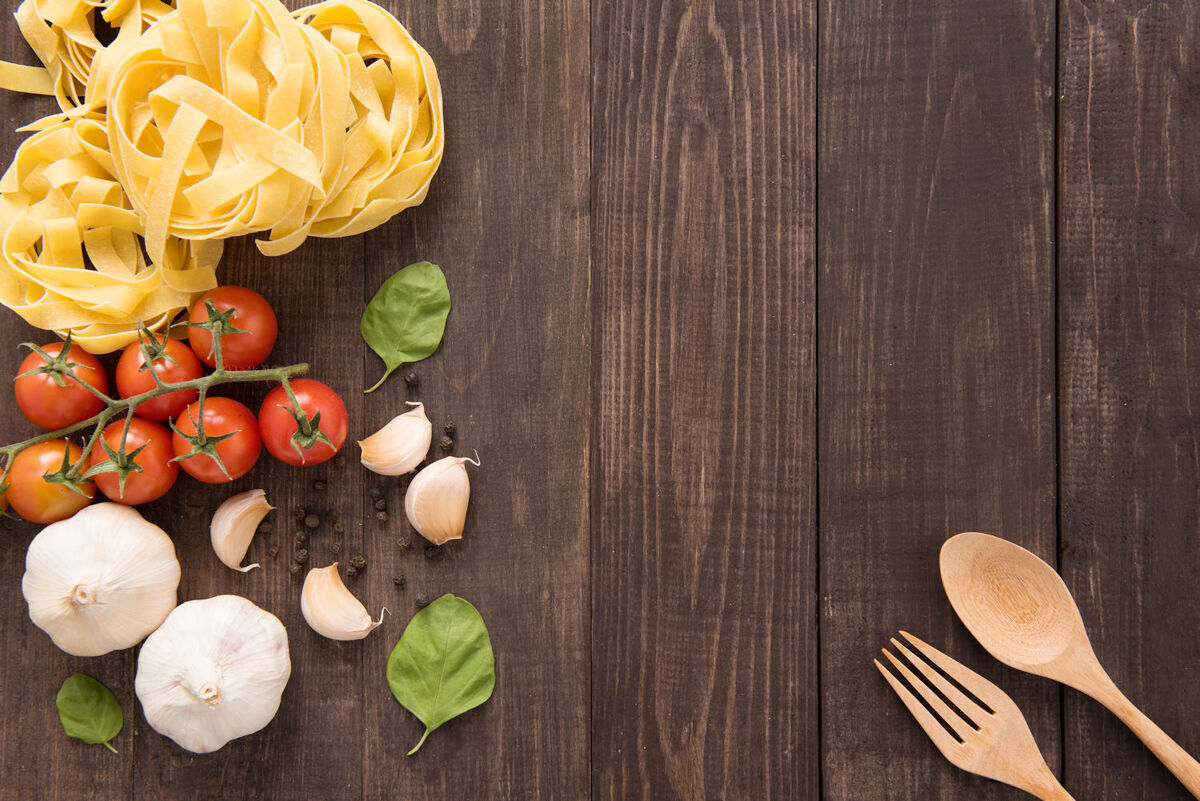
How to make fresh pasta
Ingredients:
- ‘00’ flour
- Semolina flour
- Eggs
- Extra egg yolks
- Salt
To create this famous Italian staple, you simply need to beat the eggs and slowly add to the flours and salt. Keep kneading the dough until it is springy and firm. Once you have the perfect consistency, the dough needs to rest for around an hour in a cool and slightly damp tea towel. After this the pasta is ready to go through a pasta making machine or created by hand, depending on which type you are making. Cook in boiling water for just a few minutes and stir regularly.
There are three main ways to serve fresh pasta in Italy. Pastasciutta which is a pasta in sauce, Pasta in Brodo which is a pasta in soup and Pasta al Forno which is a pasta cooked in the oven. Each region in Italy has its own speciality and dish native to the area. With food being fiercely localised in Italy you will rarely find certain dishes once you have left the city or area it originates from.
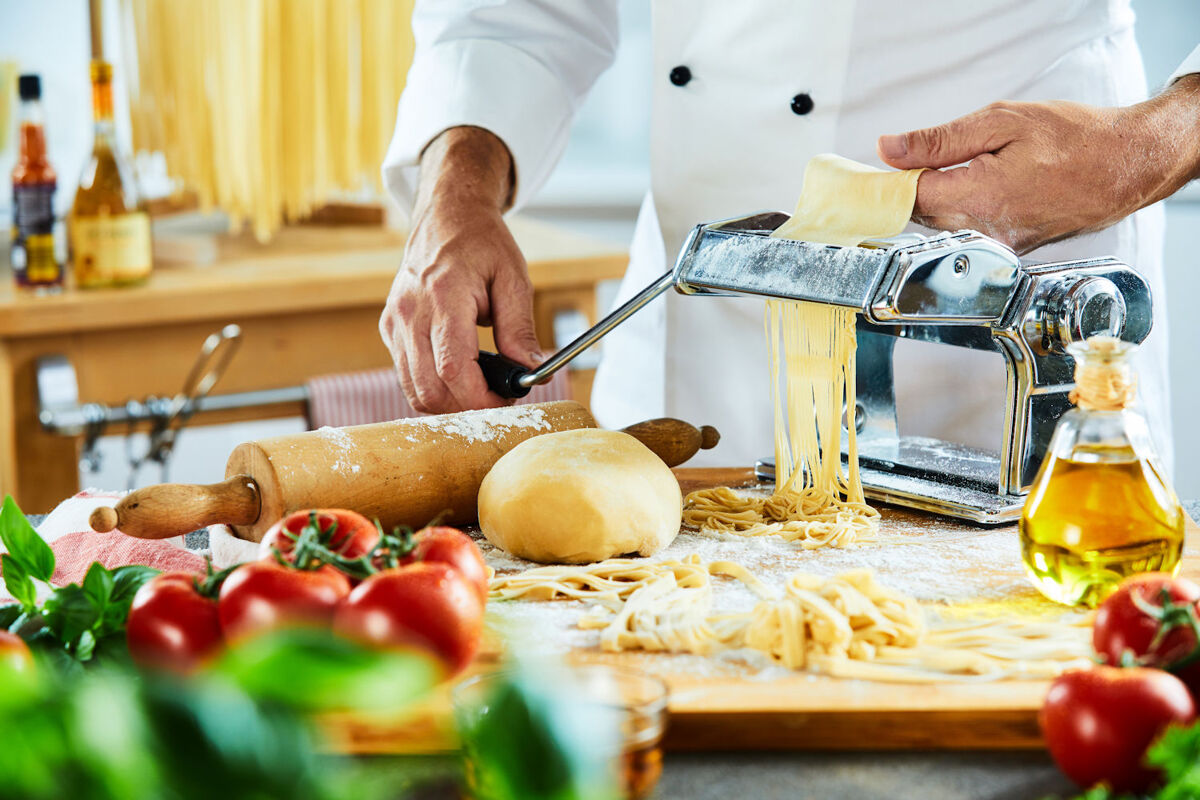
7 Traditional Dishes Using Fresh Pasta
Trofie al pesto
Native to Liguria, on the North West coast of Italy. This traditional dish features frequently on menus. The creamy pesto marries up well with the small spiral shaped pasta. The sauce ingredients include basil, extra virgin olive oil, parmigiano, pecorino, garlic, pine nuts and sea salt. Simply blended up and added to freshly boiled trofie.
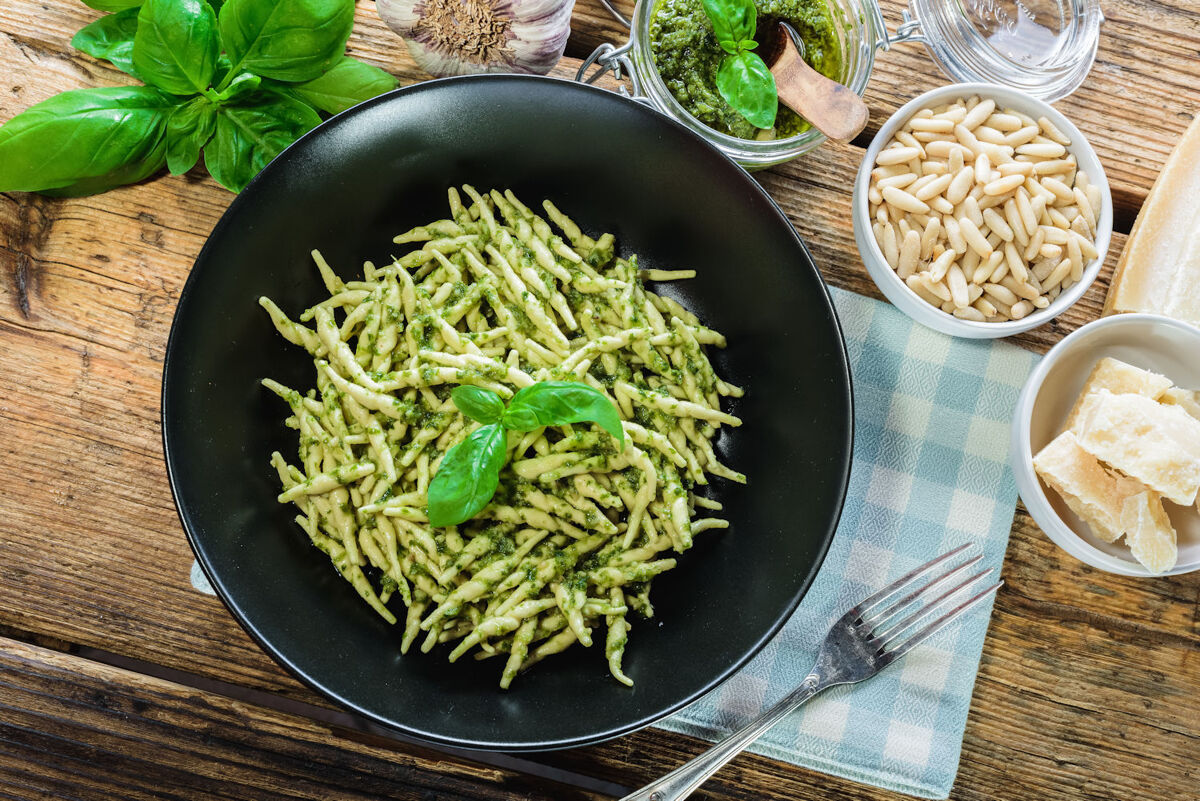
Bologna ragu alla Bolognese
Bolognese might be served the world over but its origins are in Bologna in Italy’s Emilia Romagna region. The pasta of choice for this dish is tagliatelle. This flat long pasta, cut like long ribbons is not to be mistaken with spaghetti, which is never used in this dish. The sauce consists of minced meats, chopped vegetables, stock, wine, tomato sauce and butter.

Orecchiette alle Cime di Rapa
This wonderful dish from the southern region of Puglia is a testimony to the area’s humble past. Made with Puglia’s most famous pasta, Orecchiette. Each pasta is made by hand from just durum wheat and water, egg is not used in the recipe as it was considered a luxury. This simple dish consists of Cime di Rapa, olive oil, pecorino, garlic, red chilli and anchovies. A lighter dish to suit the milder climate of the south.

Culurgiones
This typically Sardinian dish is famous all over the island. These stuffed delicacies are ravioli lookalikes but slightly larger and stuffed with spinach, butter, ricotta cheese, mint, mashed potatoes and olive oil. These fillings will be slightly different depending on which region you are in.
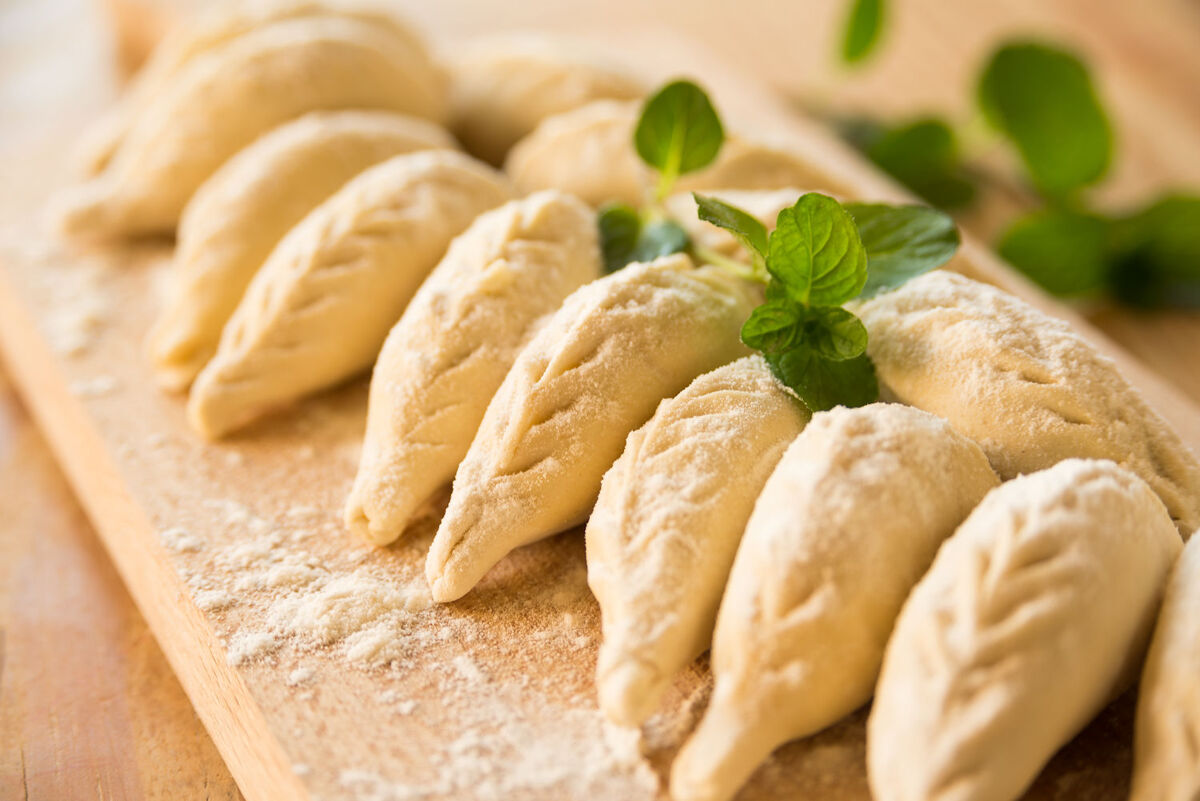
Tagliolini al Tartufo Bianco
A truly northern dish, famous in the Piemonte region of Italy. This expensive and extravagant dish is famous for having the elusive white truffle grated on top. The fresh pasta itself is simple, just some butter and cheese are mixed in, the exquisite truffle provides most of the flavour. This rich delicacy can be found predominantly around Alba and Asti but also found in the north of Tuscany.
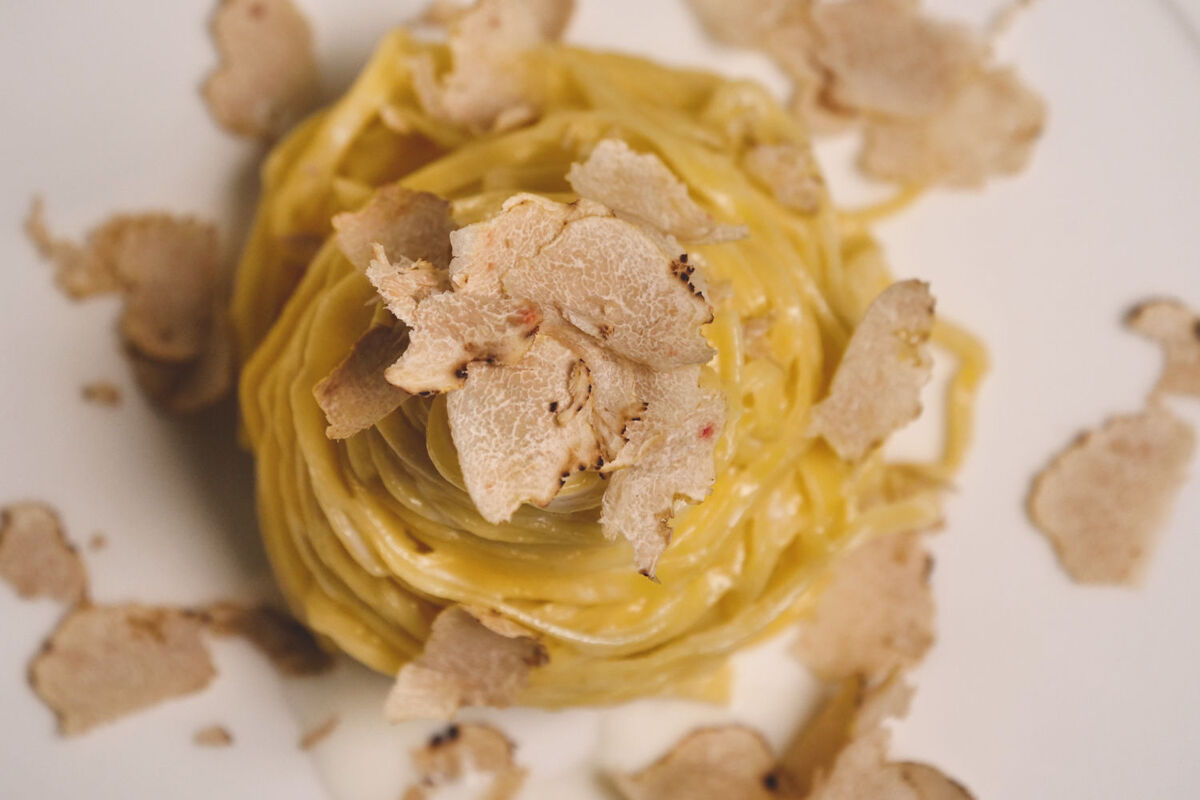
Tortellini
These superb pasta dumplings are a true testimony to the Emilia Romagna region. Traditionally stuffed with pork, cured meats and parmigiano cheese then served in a broth. It can be found freshly made in most eateries in Bologna and Modena, the cities in which this dish was created.
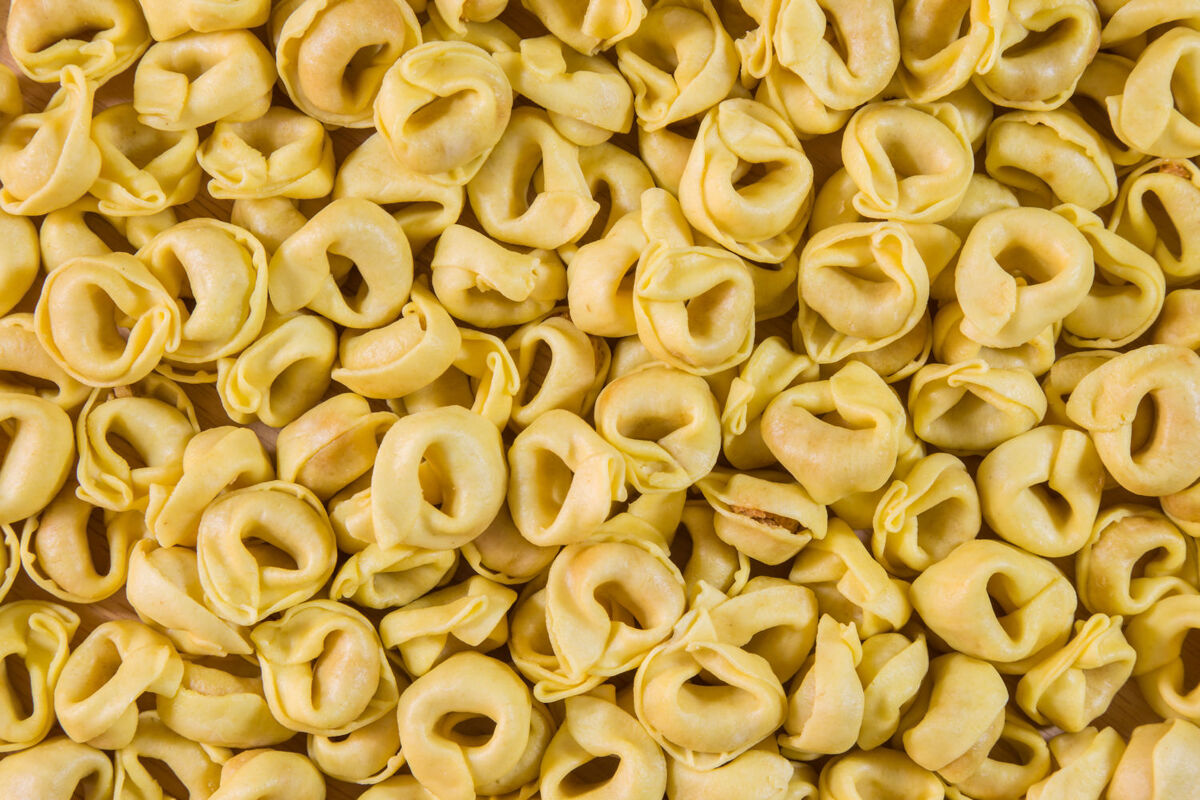
Pappardelle al Cinghiale
This delicious hearty dish is native to Florence and is perfect in the cooler climate of Northern Italy. Wild boar is traditionally used as the meat of choice but these days it is often farmed due to demand. The pasta of choice is Pappardelle- the long ribbons of pasta are coated in the rich sauce, consisting of onions, carrots, celery and tomatoes, plus herbs and spices.

 Algarve
Algarve Barbados
Barbados Crete
Crete Croatia
Croatia Halkidiki
Halkidiki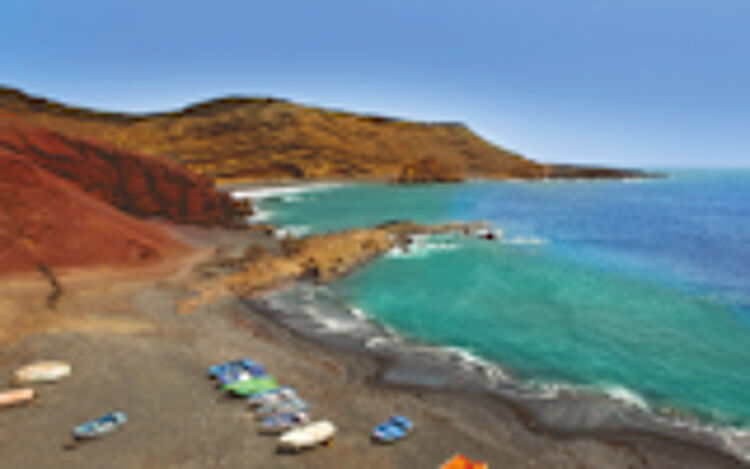 Lanzarote
Lanzarote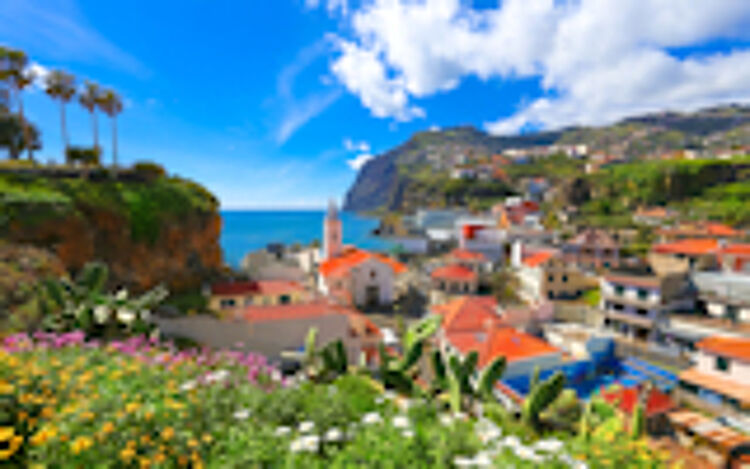 Madeira
Madeira Maldives
Maldives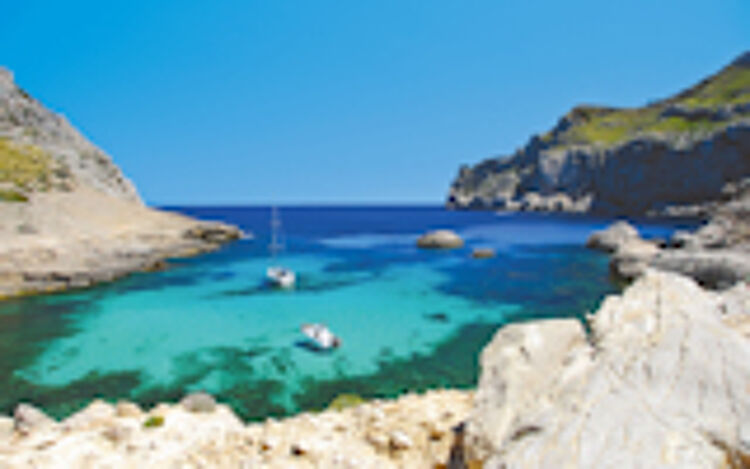 Mallorca
Mallorca Morocco
Morocco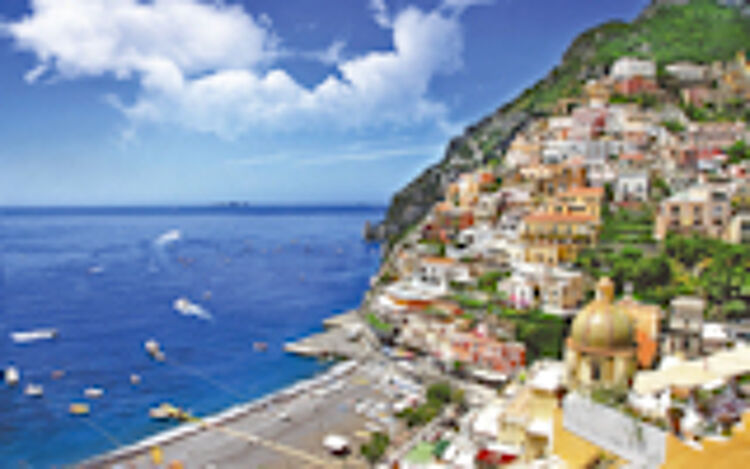 Sorrento & Amalfi Coast
Sorrento & Amalfi Coast Tenerife
Tenerife Egypt
Egypt Kenya
Kenya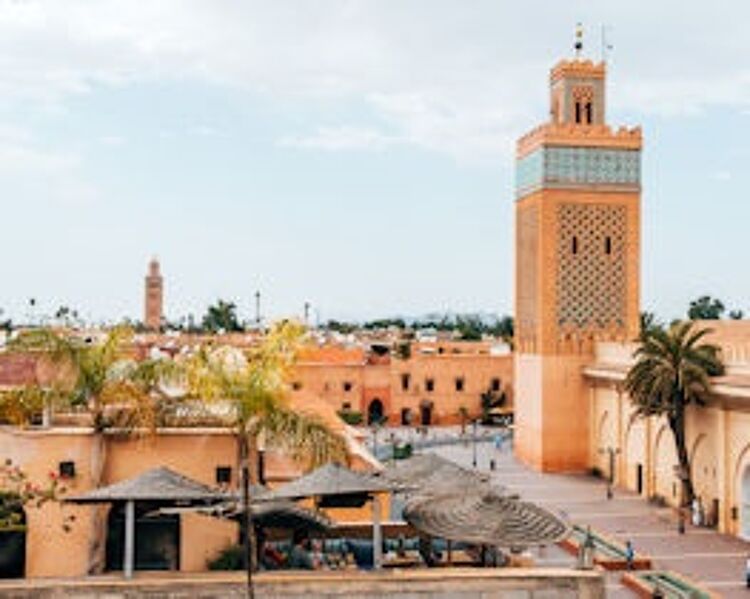 Morocco
Morocco Tanzania
Tanzania South Africa
South Africa Antigua
Antigua Barbados
Barbados Dominican Republic
Dominican Republic Grenada
Grenada St Lucia
St Lucia Indonesia
Indonesia Thailand
Thailand Croatia
Croatia Cyprus
Cyprus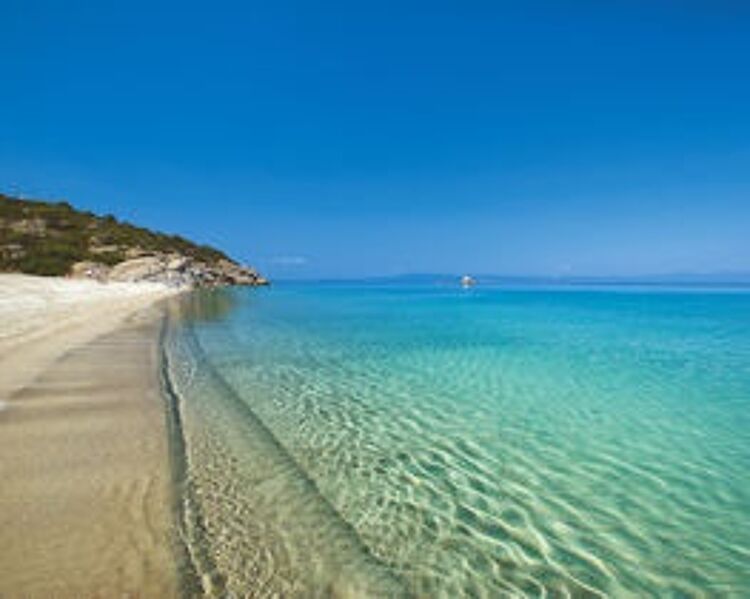 Greece
Greece Italy
Italy Malta
Malta Portugal
Portugal Spain
Spain Turkey
Turkey Maldives
Maldives Mauritius
Mauritius Seychelles
Seychelles Sri Lanka
Sri Lanka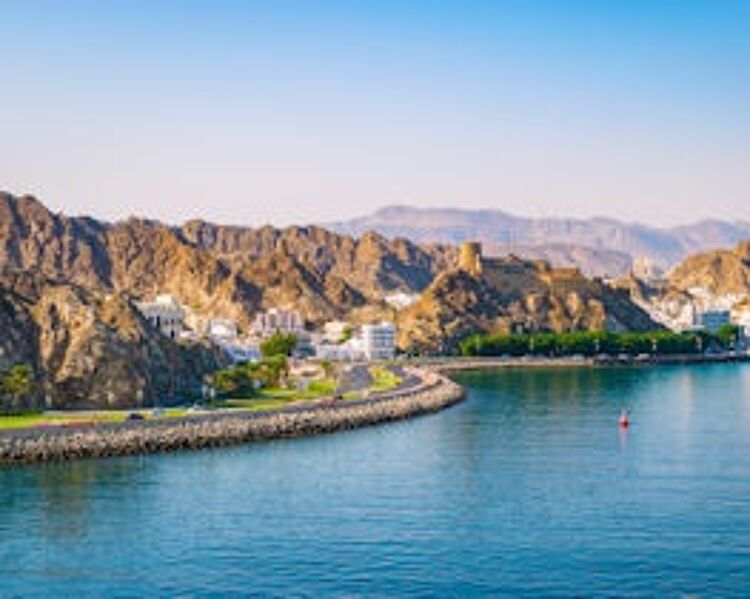 Oman
Oman United Arab Emirates
United Arab Emirates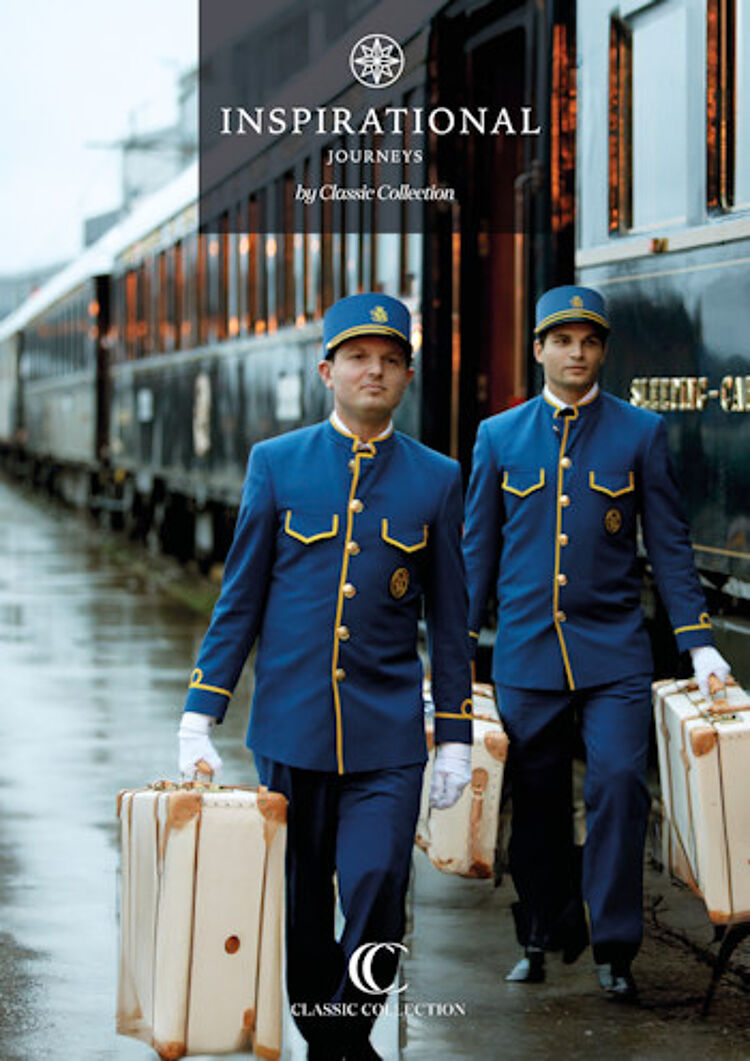
 Adult Only Holidays
Adult Only Holidays All Inclusive Holidays
All Inclusive Holidays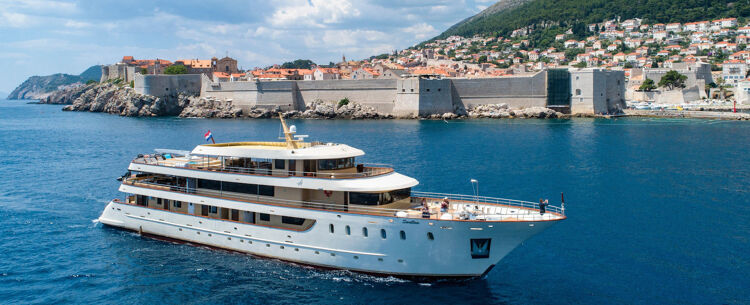 Boutique Cruises
Boutique Cruises Boutique Hotels
Boutique Hotels City Breaks
City Breaks Family Holidays
Family Holidays Honeymoon Holidays
Honeymoon Holidays Luxury Rail Holidays
Luxury Rail Holidays Multi Centre Holidays
Multi Centre Holidays Private & Escorted Tours
Private & Escorted Tours Spa & Wellness Holidays
Spa & Wellness Holidays Villa Holidays
Villa Holidays Golf Holidays
Golf Holidays Group Holidays
Group Holidays LGBTQ+ Luxury Holidays
LGBTQ+ Luxury Holidays Romantic Holidays
Romantic Holidays Greek Island Hopping
Greek Island Hopping Infinity Pools
Infinity Pools Interconnecting Rooms
Interconnecting Rooms Private Pools
Private Pools Swim Up Rooms
Swim Up Rooms Yoga Classes
Yoga Classes Blue Flag Beaches
Blue Flag Beaches Butler Service
Butler Service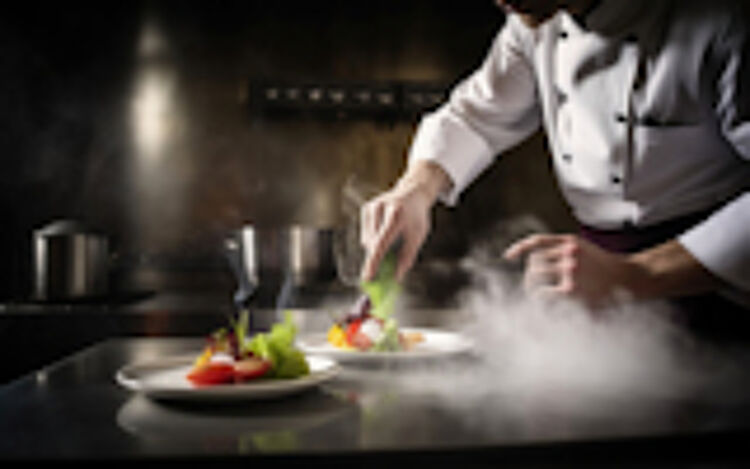 Michelin Star Dining
Michelin Star Dining



